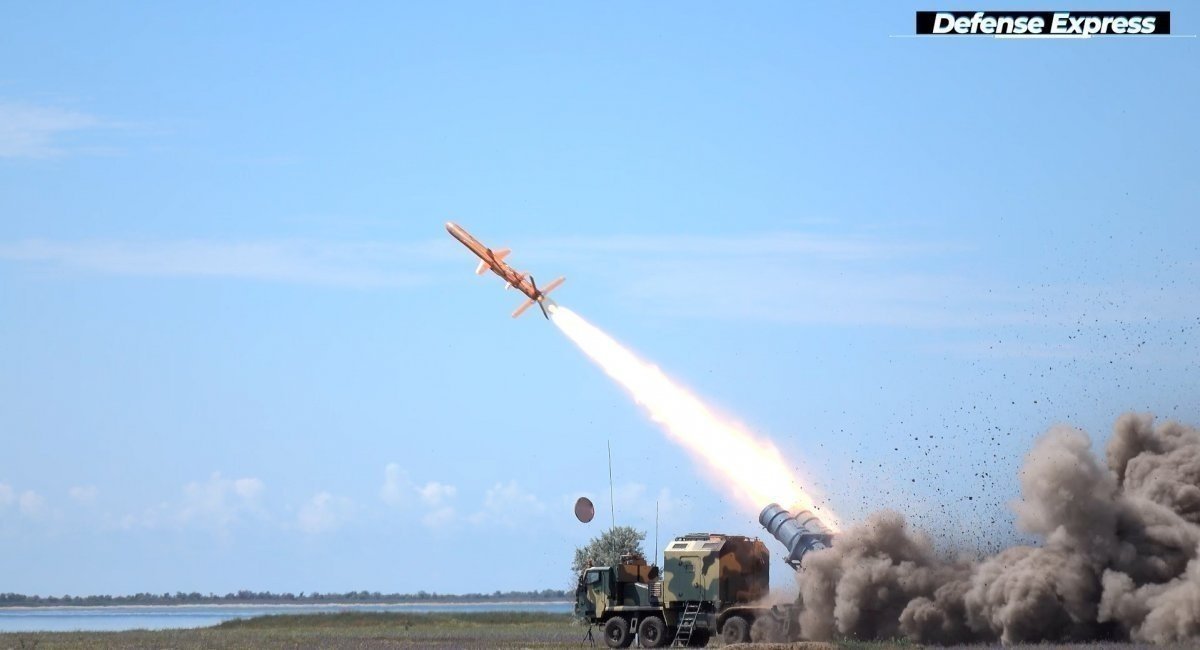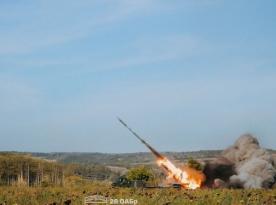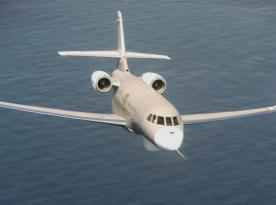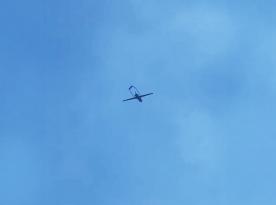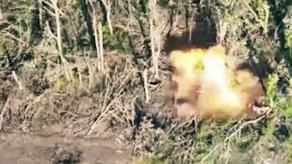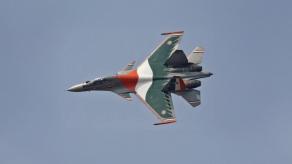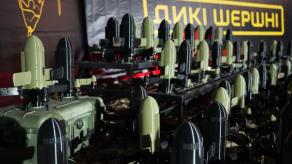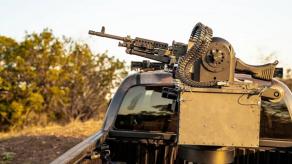Although European countries have their own long-range missile production capabilities, the output volumes are by far lower than in the russian federation, and the statistics for Taurus and Storm Shadow/SCALP-EG cruise missiles are a great illustration of that.
The figures are listed in an article by Lotje Boswinkel, a research fellow at the Centre for Security, Diplomacy and Strategy of the Vrije Universiteit Brussel, for the War on the Rocks analytical platform. Currently, MBDA Germany and Saab’s capacity to manufacture Taurus 350 KEBD air-launched cruise missiles stands at an estimated 40 to 60 units per year — expected to grow if Sweden decides to proceed with its plans for a massive order. For the Storm Shadow/SCALP-EG, it would be "between 50 to 100" annually.
Read more: First Confirmed Attack by Ukraine's 1,000-km Range Neptune Misslile After Its Discloure in 2023
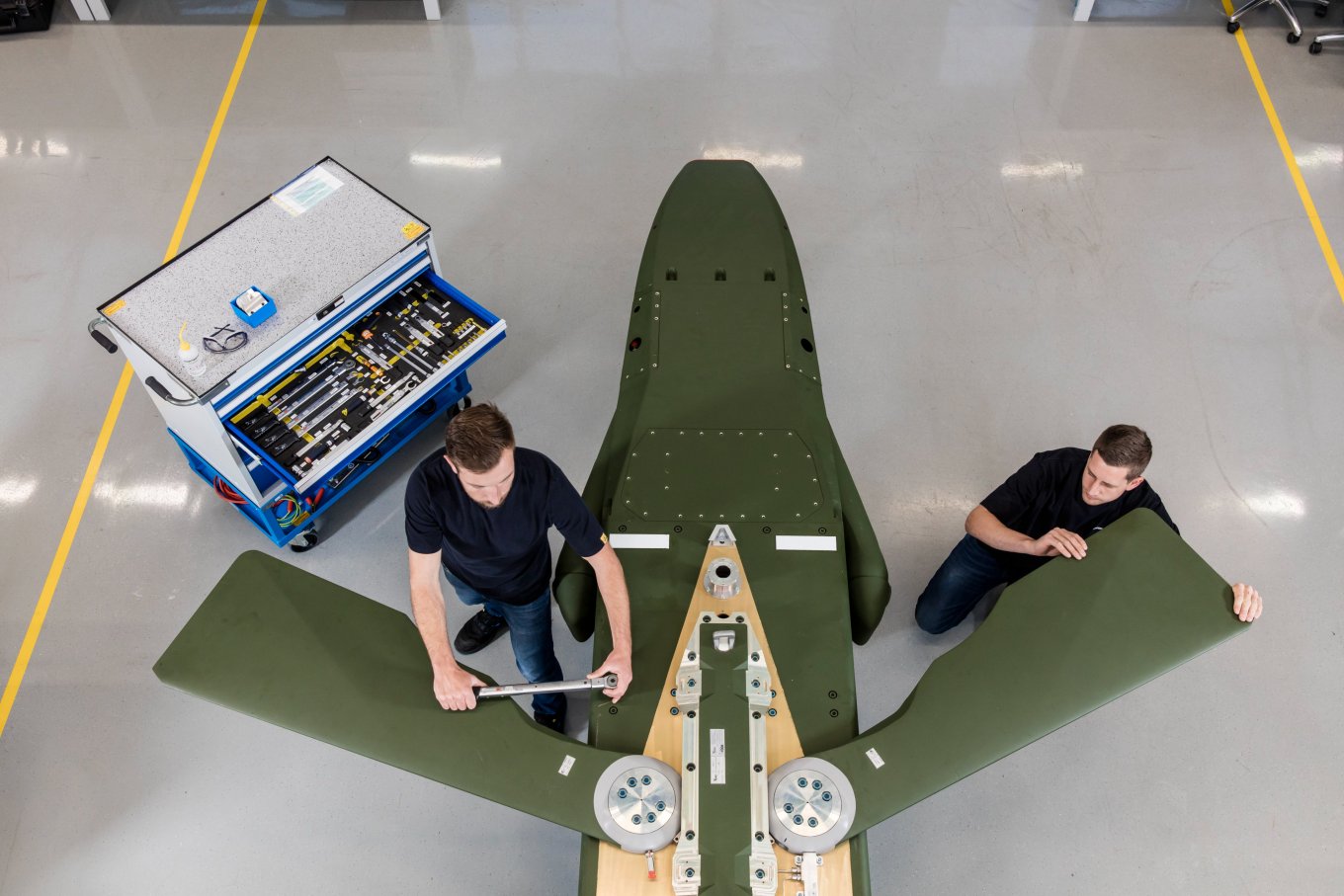
To compare: the United States makes 720 AGM-158 JASSM air-launched cruise missiles each year aiming to ramp it up to 1,100; and russia already makes 40 to 50 ballistic missiles for the Iskander SRBM system, plus 30 to 50 Kalibr sea-launched and up to 50 Kh-101 air-launched cruise missiles in just a month.
In order to keep up with the strategic adversary in russia, Europe should consider buying a license from Ukraine for the production of its "Long Neptune," a secret cruise missile weapon with a range of 1,000 kilometers, Boswinkel notes.
The idea stems from the circumstance that European nations are still buying weapons overseas to replenish their missile arsenals. For example, the Netherlands is in the process of finalizing the deal on American Tomahawks to equip its ships and probably retains interest in acquiring ground-based cruise missiles under the French LCM project, Germany is also interested in Tomahawk, albeit its ground-based variant, and Poland is procuring K239 Chonmoo systems from South Korea which can fire KTSSM ballistic missiles at ranges up to 300 kilometers.
Besides, the Netherlands, Germany, and Spain have also commissioned Israeli PULS systems, which have 300-km tactical ballistic missiles in their arsenal.
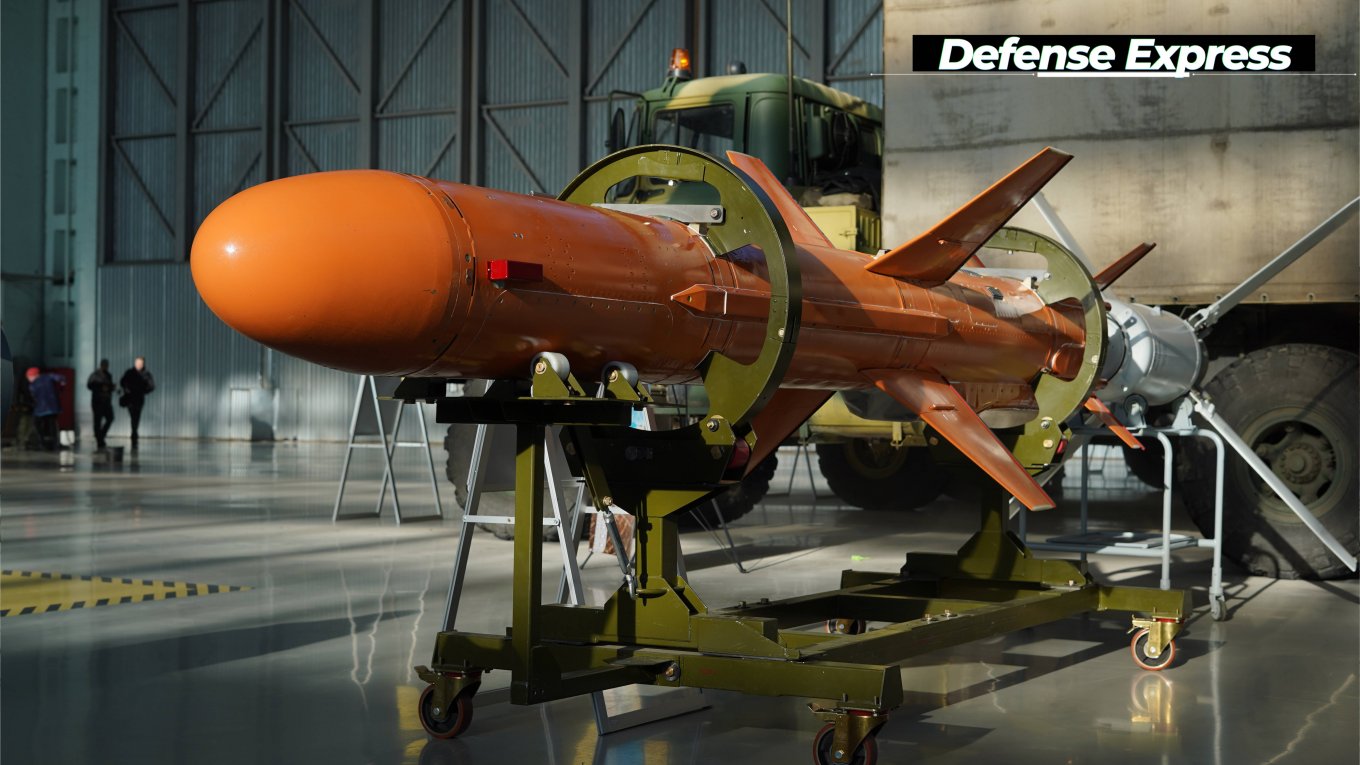
Defense Express adds, Europe is actually capable of producing missile weapons at scale, as clearly demonstrated by the export success of anti-ship Naval Strike Missile with a range 185 km. However, it has suffered from setbacks in developing new systems. Clear signs of that are visible in the progress of the Future Cruise/Anti-Ship Weapon program.
The fact that France retired all of its AS-37 Martel anti-radar missiles in the 2000s, and now needs to wait another few years for a replacement doesn't help the situation either.

Against this background, buying a license and starting to produce the Long Neptune using that capacity could indeed be a viable option to fill the critical capability gap. Long Neptune is a ground-to-ground attack capability that already has a record of successful missions, although the Ukrainian military command refuses to elaborate with details. And more importantly, it's already there, developed and ready for mass deployment, unlike more ambitious prospective projects.
Earlier, Defense Express reported that by 2025, Ukraine should already have a strategic stockpile of Neptune missiles, according to a Navy development roadmap adopted in summer-fall of 2024. The document also envisioned an acquisition of two new corvettes for the Ukrainian Navy which also necessitates the same Neptunes to equip them. Furthermore, it was already considering producing Neptunes in cooperation with allied nations and creating a strategic reserve of these missiles for Ukraine and partners alike.
Read more: 'Europe's Tomahawk,' the French Scalp Naval Missile: What About Its Availability?




